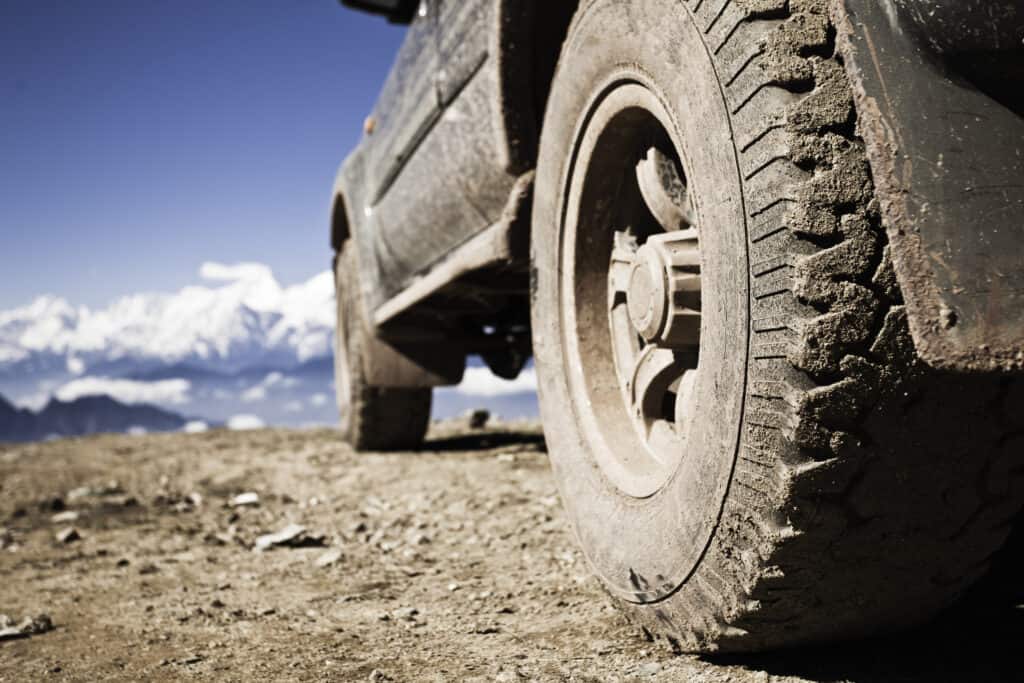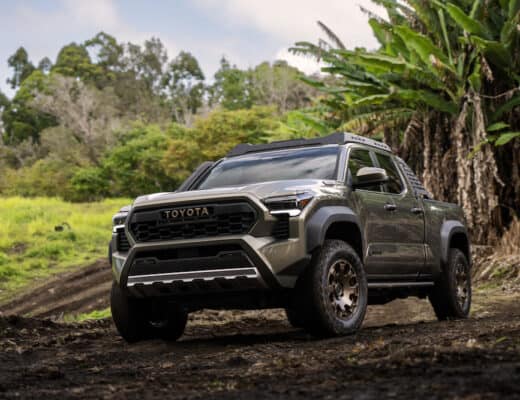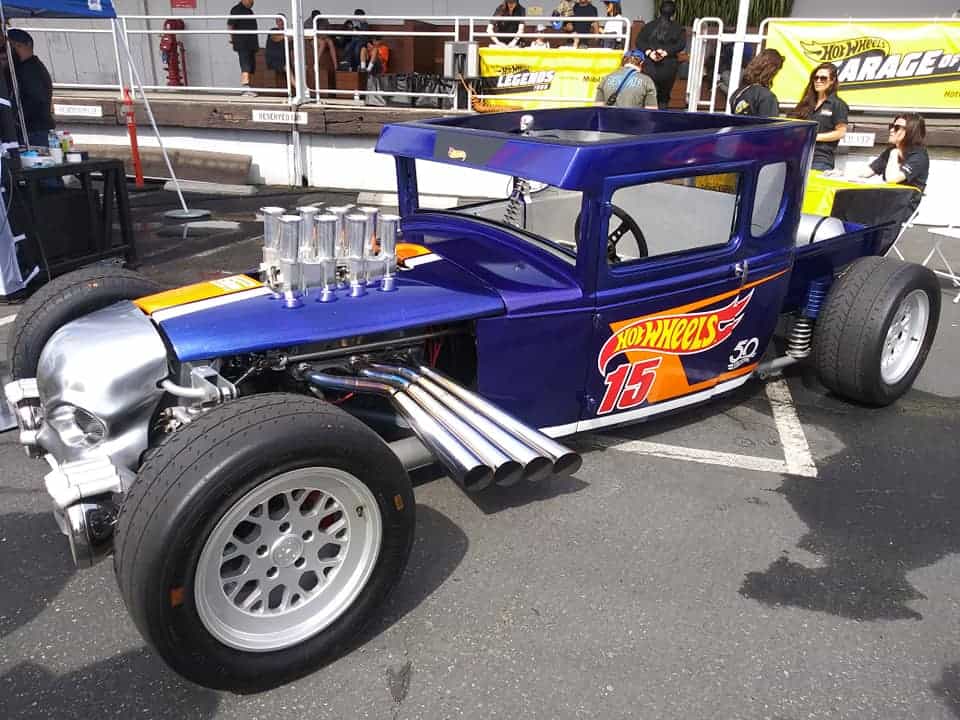All-wheel drive (AWD), four-wheel drive (4WD), and two-wheel drive (2WD) are all types of drivetrains that determine the way a vehicle’s power is distributed to its wheels. While all three types of drivetrains have their own unique characteristics, they are not all equally suitable for driving in different types of weather and terrain conditions, such as snow, rain, mud, and sand. Here is a brief overview of the main differences between these drivetrains and which one might be the best for driving in different types of conditions:

All-Wheel Drive (AWD)
AWD is a type of drivetrain that sends power to all four wheels of a vehicle. In an AWD system, power is typically distributed evenly between the front and rear wheels, although some systems may be able to vary the amount of power sent to each set of wheels depending on driving conditions. One of the main benefits of an AWD system is that it can improve a vehicle’s traction and stability, especially in slippery or uneven road conditions.
Four-Wheel Drive (4WD)
4WD is a type of drivetrain that is commonly found in off-road vehicles and trucks. In a 4WD system, power is typically sent to all four wheels of the vehicle at the same time, allowing it to have better traction and stability on rough or slippery terrain. 4WD systems also often have a low-range gear that allows the driver to select a lower gear ratio, which can be helpful for climbing steep hills or traversing very rough terrain.
Two-Wheel Drive (2WD)
2WD is the most common type of drivetrain found in passenger vehicles and some trucks. In a 2WD system, power is only sent to either the front or rear wheels of the vehicle, depending on the type of drivetrain. 2WD vehicles are generally less expensive and more fuel-efficient than 4WD or AWD vehicles, but they do not have as much traction or stability in slippery or uneven road conditions.
So, which drivetrain is the best for driving in different types of weather and terrain? Here are some general recommendations:
Snow
For driving in snow, an AWD or 4WD system is generally the best option. These drivetrains can provide better traction and stability on slippery roads, making it easier to drive in snowy conditions.
Rain
For driving in rain, an AWD system can be a good choice. An AWD system can help improve a vehicle’s traction on wet roads, making it easier to drive in rain. However, a 2WD vehicle with good tires can also do well in rainy conditions.
Mud
For driving in mud, a 4WD system is generally the best choice. A 4WD system can provide the traction and stability needed to navigate through muddy terrain. However, it’s important to note that even a 4WD vehicle can get stuck in very deep mud, so it’s always a good idea to exercise caution when driving in these conditions.
Sand
For driving in sand, a 4WD system is generally the best choice. A 4WD system can provide the traction and stability needed to navigate through sandy terrain, and the low-range gear can be helpful for driving over sand dunes. However, it’s important to note that even a 4WD vehicle can get stuck in deep sand, so it’s always a good idea to exercise caution when driving in these conditions.
In summary, the best drivetrain for driving in different types of weather depends on the specific conditions you will be driving in and your personal preferences. All-wheel drive (AWD) systems are generally good for improving traction and stability in slippery or uneven road conditions, while four-wheel drive (4WD) systems are better suited for off-road driving and navigating through rough or muddy terrain. Two-wheel drive (2WD) systems are the most common and are generally less expensive and more fuel-efficient, but they do not have as much traction in slippery or uneven road conditions.



